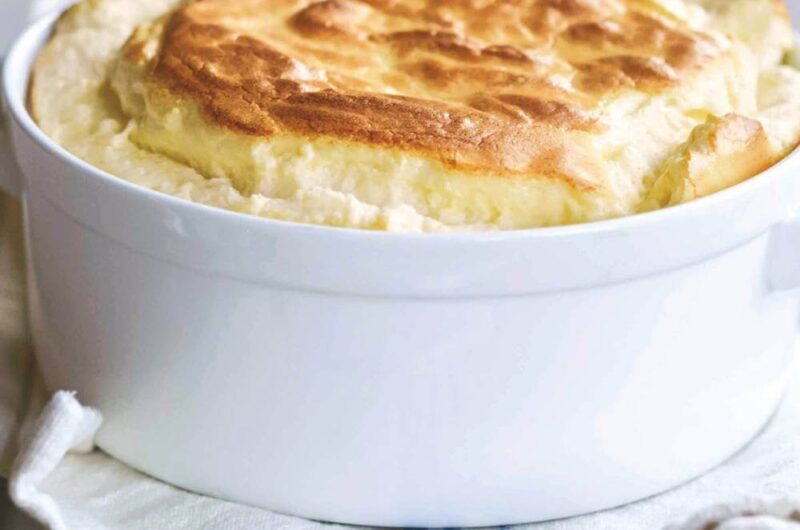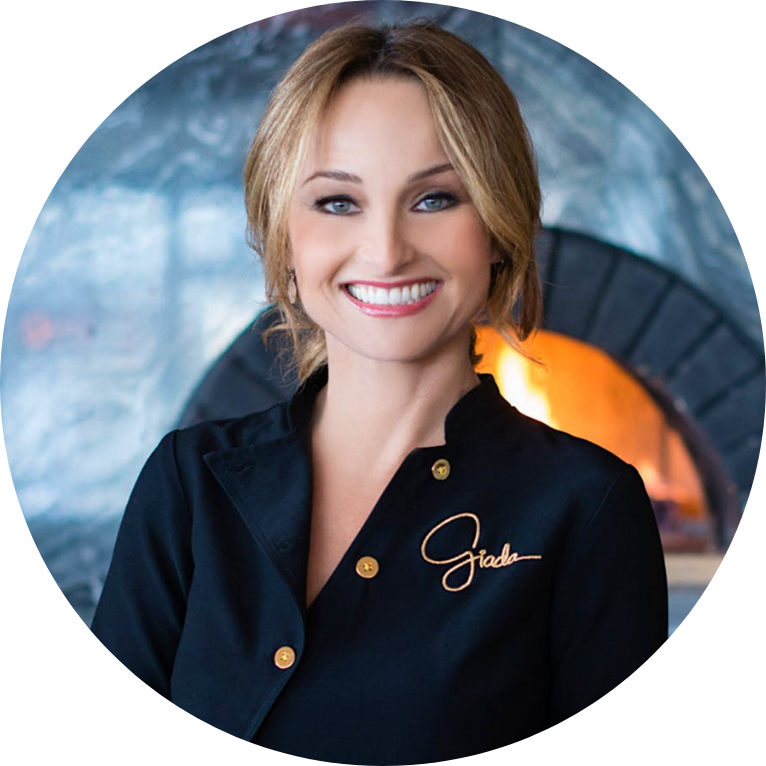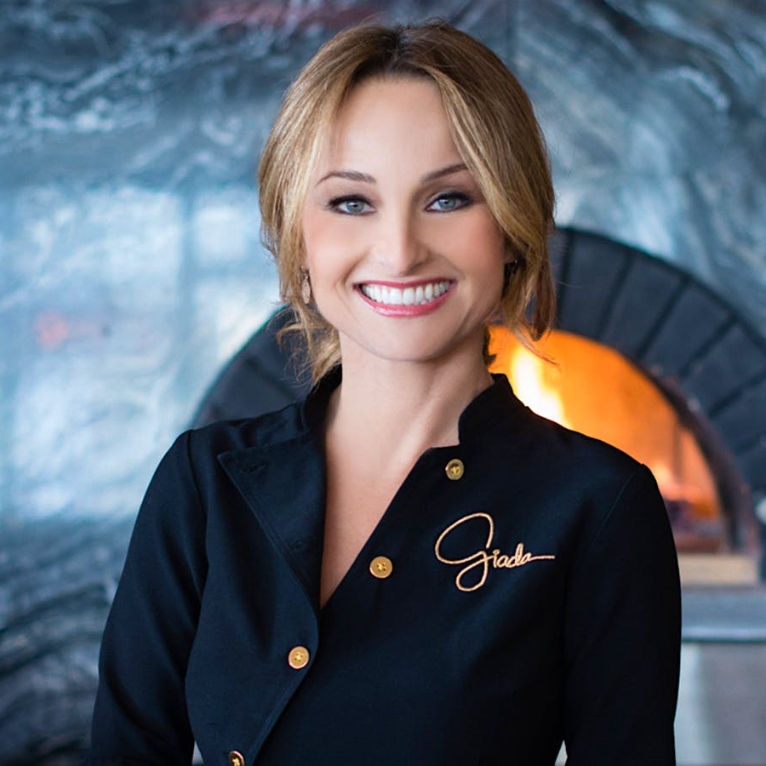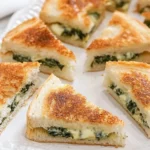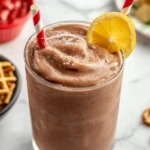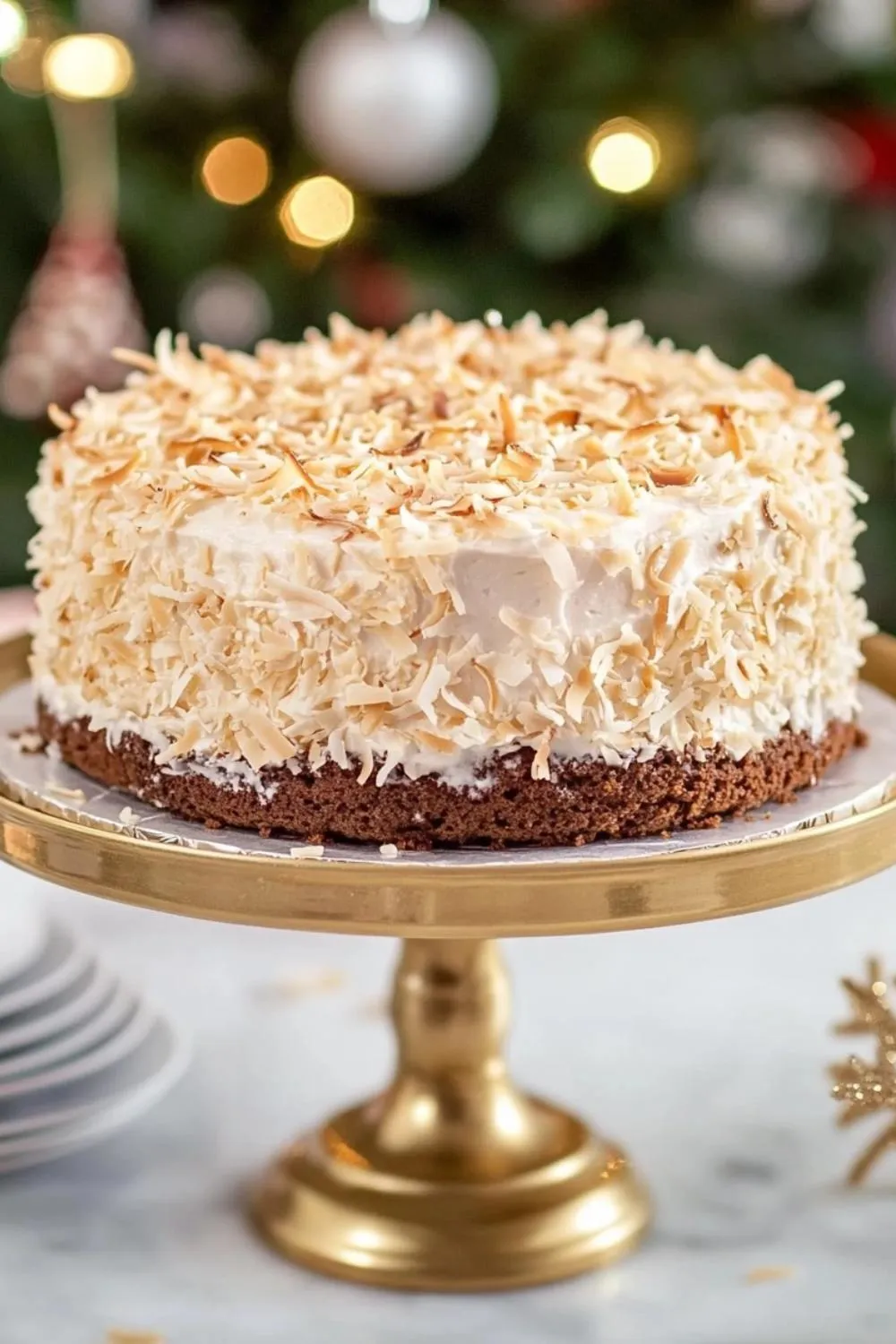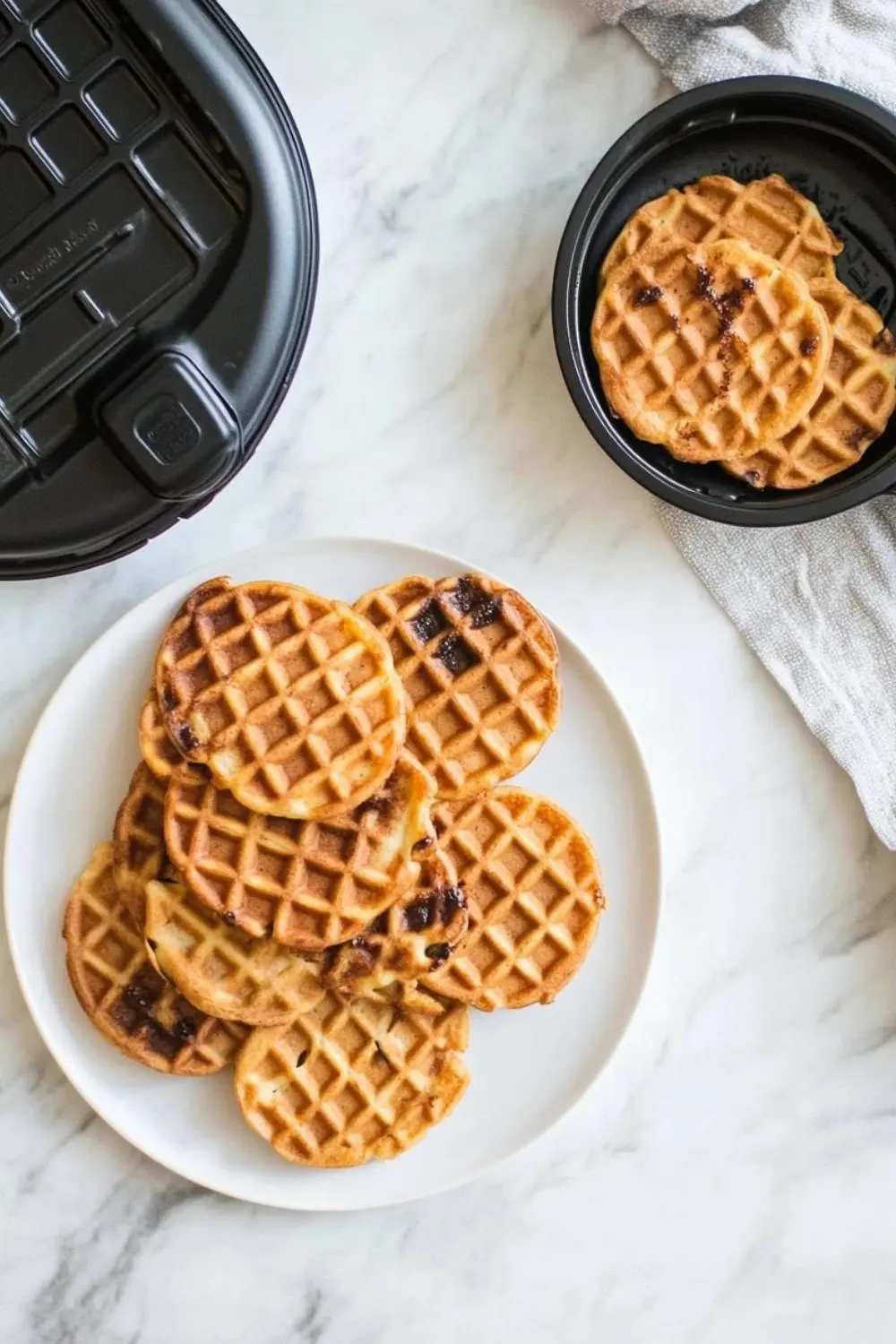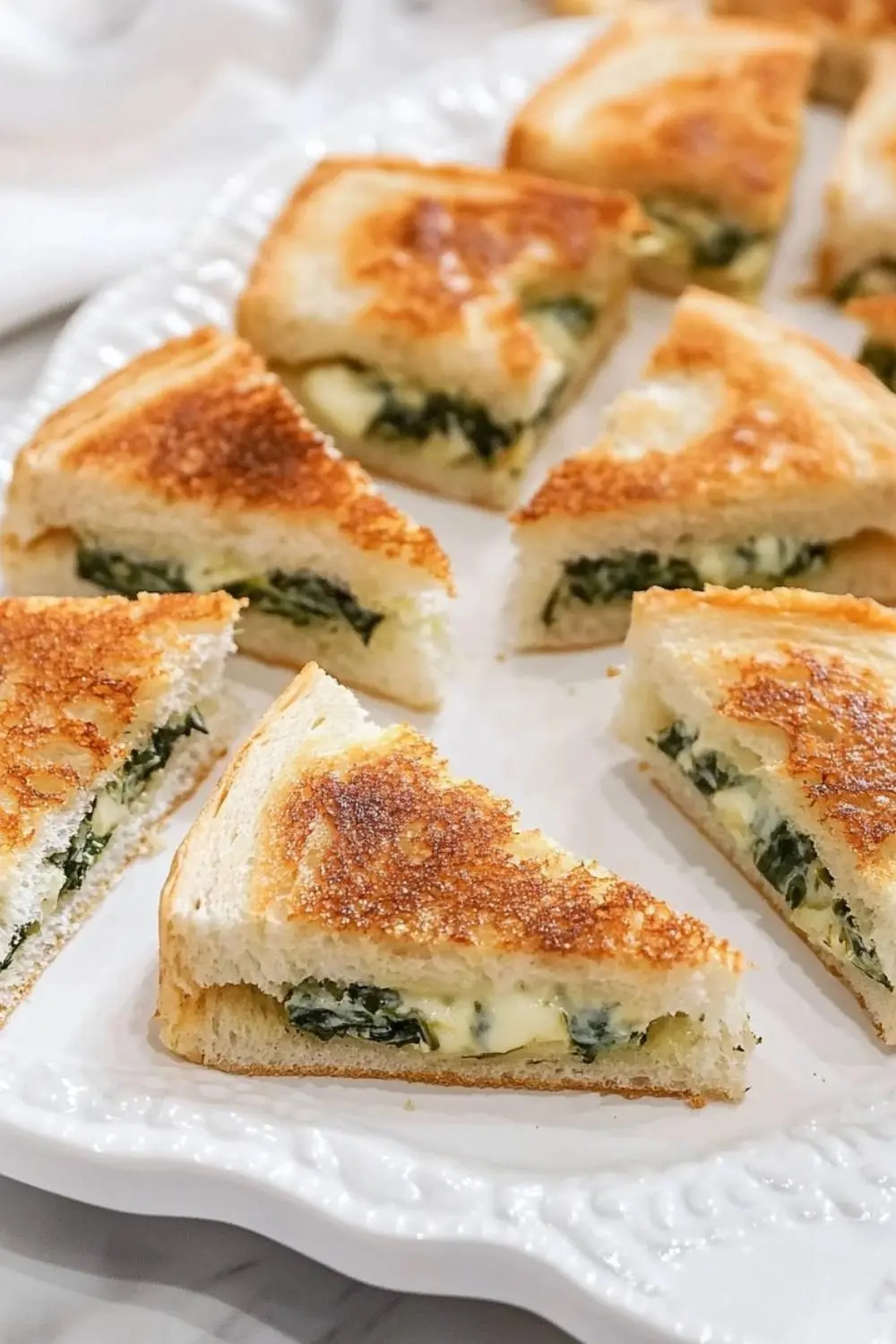The Giada Cheese Soufflé is hands down one of my favorite dishes to whip up. It’s simple enough to make on a quiet weekend but always feels like a celebration. The gooey blend of Gruyère, Cheddar, and Parmesan creates a rich, savory bite that’s impossible to resist.
I like serving this soufflé alongside a simple tomato soup or roasted asparagus—it’s a match made in comfort-food heaven. Don’t worry if you’re new to soufflés; this recipe is foolproof if you follow it step by step. Trust me, it’s worth the little bit of effort for that golden, puffy finish!

Recipe Ingredients
- 1 tsp of unsalted butter (for greasing)
- 1 tbsp of freshly grated Parmesan cheese (for coating the dish)
- 2 tbsp of unsalted butter
- 2 tbsp of all-purpose flour
- 1 cup of whole milk, at room temperature
- 1 cup of mixed grated cheeses, well-packed (such as Gruyère, sharp Cheddar, and Parmesan)
- ¼ tsp of cayenne pepper
- ½ tsp of kosher salt
- 3 large eggs, separated, at room temperature
- 1 large egg white
- ¼ tsp of cream of tartar
How To Make Giada Cheese Soufflé
- Prepare the Dish: Grease the inside of a 1½-quart soufflé or baking dish using 1 teaspoon of butter. Coat the inside of the dish evenly with the grated Parmesan cheese, rotating it to ensure the cheese sticks. Place the prepared dish in the refrigerator until you are ready to use it.
- Make the Cheese Sauce: Melt the 2 tablespoons of butter in a medium saucepan over medium heat until fully melted. Stir in the flour and whisk to create a smooth paste, ensuring no lumps form. Gradually add the room-temperature milk, whisking constantly, and bring the mixture to a gentle simmer. Once thickened, remove the saucepan from heat and whisk in the mixed grated cheeses, cayenne pepper, and kosher salt until the sauce is completely smooth.
- Incorporate the Egg Yolks: Whisk the egg yolks in a medium-sized bowl until smooth. Slowly add the warm cheese sauce to the yolks, one ladle at a time, whisking continuously to prevent the eggs from cooking. Continue whisking until all the cheese sauce is incorporated. Allow the mixture to cool to room temperature.
- Prepare the Egg Whites: Preheat your oven to 375°F (190°C). Using a clean bowl and a hand mixer, beat the 4 egg whites along with the cream of tartar on high speed until stiff peaks form. The beaten egg whites should look shiny and firm but should not feel dry or crumbly.
- Combine the Mixtures: Gently fold one-quarter of the beaten egg whites into the cooled cheese mixture to lighten it. Carefully fold in the remaining egg whites in two batches, using a spatula and being cautious not to overmix. It’s fine if there are a few small streaks of egg whites remaining.
- Bake the Soufflé: Pour the combined mixture into the prepared dish, filling it about three-quarters full. Place the dish on a rimmed baking sheet for stability, then bake in the preheated oven for 25 to 30 minutes. The soufflé is ready when it is puffed, golden on top, and jiggles slightly when moved. Serve immediately for the best texture and flavor.
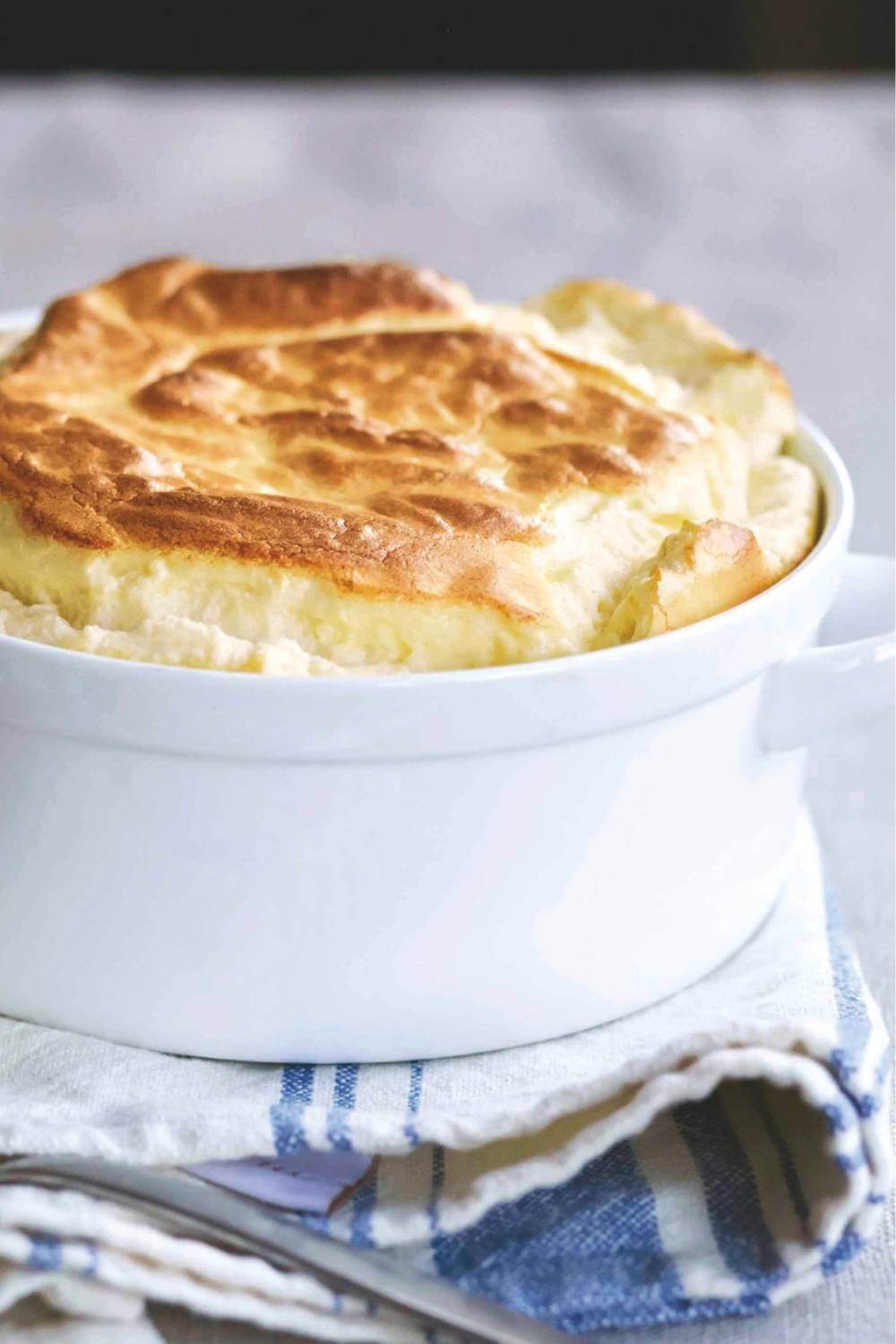
Recipe Tips
- Choose Strong Cheeses for Best Flavor: Use bold cheeses like Gruyère, sharp Cheddar, or Parmesan to ensure your soufflé has a rich and pronounced cheesy flavor. Avoid mild cheeses as they may taste bland.
- Avoid Overmixing the Egg Whites: Gently fold the egg whites into the cheese mixture to preserve their airiness. Overmixing can deflate the egg whites, which affects the soufflé’s rise and texture.
- Serve Immediately for Best Results: Soufflés are at their peak right out of the oven, so plan to serve it as soon as it’s done baking. It will begin to deflate quickly.
- Experiment with Spices and Herbs: Add a pinch of smoked paprika, nutmeg, or finely chopped fresh chives to the cheese mixture for extra depth of flavor. Use these sparingly to avoid overpowering the cheese.
- Make Mini Soufflés for Individual Portions: Divide the batter into smaller ramekins for single-serve portions. Reduce the baking time to 18-20 minutes for perfectly cooked mini soufflés.
Recipe FAQs and Variations
Can I Prepare the Soufflé Mixture Ahead of Time?
No, the soufflé mixture should be prepared and baked immediately after folding in the egg whites. Waiting too long can deflate the batter.
Can I Use Non-dairy Milk?
Yes, you can substitute whole milk with almond milk or oat milk, but the soufflé may have a slightly less creamy texture.
What’s the Best Way to Prevent Lumps in the Cheese Sauce?
Whisk constantly while adding the milk to the butter-flour mixture, and make sure the milk is at room temperature.
How Do I Know When the Soufflé Is Done?
The soufflé is ready when it is p■, golden brown, and jiggles slightly in the center when gently shaken.
Can I Add Vegetables to the Soufflé?
Yes, finely chopped and cooked vegetables like spinach or mushrooms can be added to the cheese mixture before folding in the egg whites. Ensure they are well-drained.
Check out More Recipes:
- Giada Yogurt-Marinated Chicken
- Giada Sole with Lemon Caper Sauce
- Giada Slow-Cooker Saffron Rice with Chicken Sausage
Giada Cheese Soufflé
Course: DinnerCuisine: ItalianDifficulty: Medium4
20
minutes30
320
kcalThe Giada Cheese Soufflé is hands down one of my favorite dishes to whip up. It’s simple enough to make on a quiet weekend but always feels like a celebration. The gooey blend of Gruyère, Cheddar, and Parmesan creates a rich, savory bite that’s impossible to resist.
Ingredients
1 tsp of unsalted butter (for greasing)
1 tbsp of freshly grated Parmesan cheese (for coating the dish)
2 tbsp of unsalted butter
2 tbsp of all-purpose flour
1 cup of whole milk, at room temperature
1 cup of mixed grated cheeses, well-packed (such as Gruyère, sharp Cheddar, and Parmesan)
¼ tsp of cayenne pepper
½ tsp of kosher salt
3 large eggs, separated, at room temperature
1 large egg white
¼ tsp of cream of tartar
Directions
- Prepare the Dish: Grease the inside of a 1½-quart soufflé or baking dish using 1 teaspoon of butter. Coat the inside of the dish evenly with the grated Parmesan cheese, rotating it to ensure the cheese sticks. Place the prepared dish in the refrigerator until you are ready to use it.
- Make the Cheese Sauce: Melt the 2 tablespoons of butter in a medium saucepan over medium heat until fully melted. Stir in the flour and whisk to create a smooth paste, ensuring no lumps form. Gradually add the room-temperature milk, whisking constantly, and bring the mixture to a gentle simmer. Once thickened, remove the saucepan from heat and whisk in the mixed grated cheeses, cayenne pepper, and kosher salt until the sauce is completely smooth.
- Incorporate the Egg Yolks: Whisk the egg yolks in a medium-sized bowl until smooth. Slowly add the warm cheese sauce to the yolks, one ladle at a time, whisking continuously to prevent the eggs from cooking. Continue whisking until all the cheese sauce is incorporated. Allow the mixture to cool to room temperature.
- Prepare the Egg Whites: Preheat your oven to 375°F (190°C). Using a clean bowl and a hand mixer, beat the 4 egg whites along with the cream of tartar on high speed until stiff peaks form. The beaten egg whites should look shiny and firm but should not feel dry or crumbly.
- Combine the Mixtures: Gently fold one-quarter of the beaten egg whites into the cooled cheese mixture to lighten it. Carefully fold in the remaining egg whites in two batches, using a spatula and being cautious not to overmix. It’s fine if there are a few small streaks of egg whites remaining.
- Bake the Soufflé: Pour the combined mixture into the prepared dish, filling it about three-quarters full. Place the dish on a rimmed baking sheet for stability, then bake in the preheated oven for 25 to 30 minutes. The soufflé is ready when it is puffed, golden on top, and jiggles slightly when moved. Serve immediately for the best texture and flavor.
Nutrition Facts
4 servings per container
- Amount Per ServingCalories320
- % Daily Value *
- Total Fat
22g
29%
- Saturated Fat 13g 65%
- Cholesterol 190mg 64%
- Sodium 470mg 21%
- Total Carbohydrate
7g
3%
- Dietary Fiber 0g 0%
- Total Sugars 2g
- Protein 16g 32%
* The % Daily Value tells you how much a nutrient in a serving of food contributes to a daily diet. 2,000 calories a day is used for general nutrition advice.

